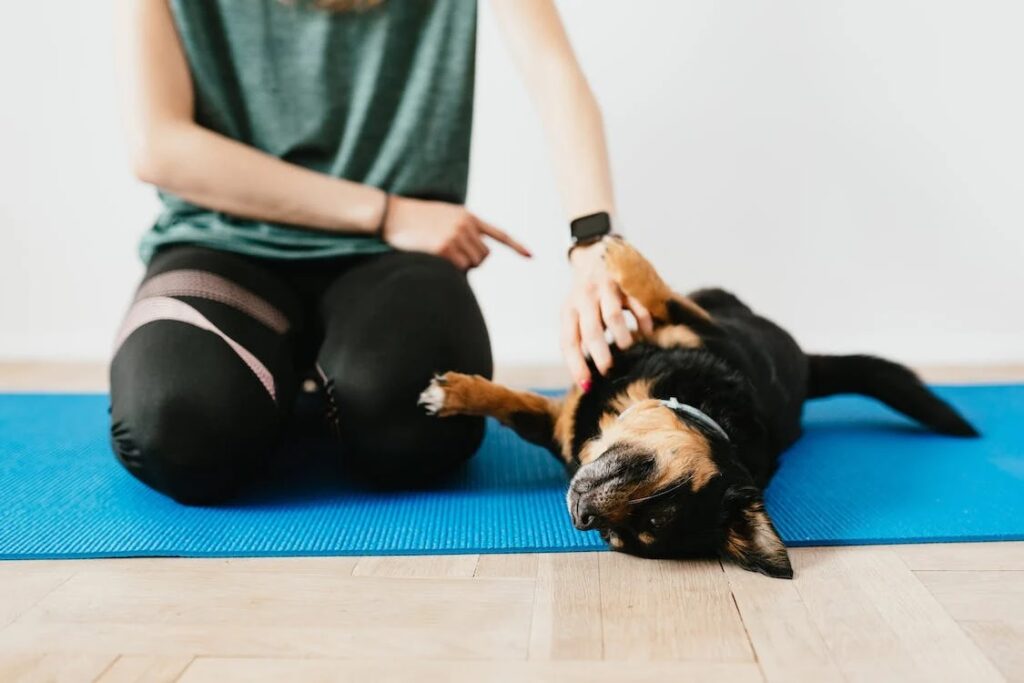For many dog owners, the bond with their furry mate goes beyond mere companionship—it’s a partnership built on mutual respect and understanding. But how do you cultivate this rapport? The answer lies in mastering essential commands that form the backbone of effective communication between you and your canine friend.
These aren’t just tricks for a show but vital tools to ensure safety, reinforce good behaviour, and foster a harmonious living environment. Dive with us into the ten crucial dog commands that every dog owner, whether seasoned or first-timer, should have up their sleeve.

The Importance of Communication
When it comes to dog ownership, communication is everything. The thread ties you and your furry companion together, ensuring a relationship built on trust and respect. Beyond the simple joy of teaching a new trick, these commands are vital to your dog’s safety and well-being.
Starting with the Basics
Before diving into the deep end, it’s crucial to understand that patience and consistency are your best allies. Dog obedience skills are developed over time, but with persistence, you and your canine mate will get there.
1. Sit: Arguably the most fundamental command. “Sit” creates a calm foundation and is often the starting point for other orders. A seated dog is also less likely to jump or behave unruly.
2. Stay: In bustling streets or parks, “stay” can be a lifesaver. It’s about teaching your dog restraint and ensuring they remain in one spot despite distractions.
3. Come: Called the recall command, “come” ensures your dog returns to you when called. Especially vital in open areas where potential hazards like cars are present.
4. Down: Similar to “sit” but asking for more submission, the “down” command is about comfort and control. It’s convenient when you need your dog to be still for extended periods.
5. Leave it: Dogs are curious creatures, often putting their noses (and mouths) where they shouldn’t. “Leave it” prevents them from picking up something potentially harmful.
Shifting Gears to Advanced Commands
While those mentioned above are foundational, some commands, though seeming advanced, are essential for a well-rounded, obedient dog.
6. Heel: More than a simple walk, “heel” ensures your dog walks beside you, not pulling on the leash or lagging.
7. Off: While it’s endearing for puppies to jump, a full-grown dog can be intimidating. “Off” teaches them to keep all four paws on the ground when greeting people.
8. Drop it: Ever had the tug-of-war episode with a toy, or worse, something they shouldn’t have? This command ensures they let go.
9. Quiet: Dogs bark; it’s in their nature. However, incessant barking can be disruptive. “Quiet” helps mitigate unwanted noises, teaching them to calm down.
10. Stand: Useful for grooming or vet visits, “stand” ensures your dog remains upright.
The Road to a Well-Trained Dog
Embarking on this training journey requires more than just repeating commands. It’s about understanding your dog, adapting techniques to suit their personality, and reinforcing behaviours with rewards and positive reinforcement.
Conclusion: The Harmony of Training
In the grand scheme, it’s not just about having an obedient dog but fostering a bond of mutual respect. Mastering these training techniques paves the way for a harmonious relationship, ensuring you and your canine mate navigate the world confidently and safely. Remember, every well-trained dog starts with a simple “sit”. The journey might seem daunting, but the rewards of companionship and trust are priceless.



